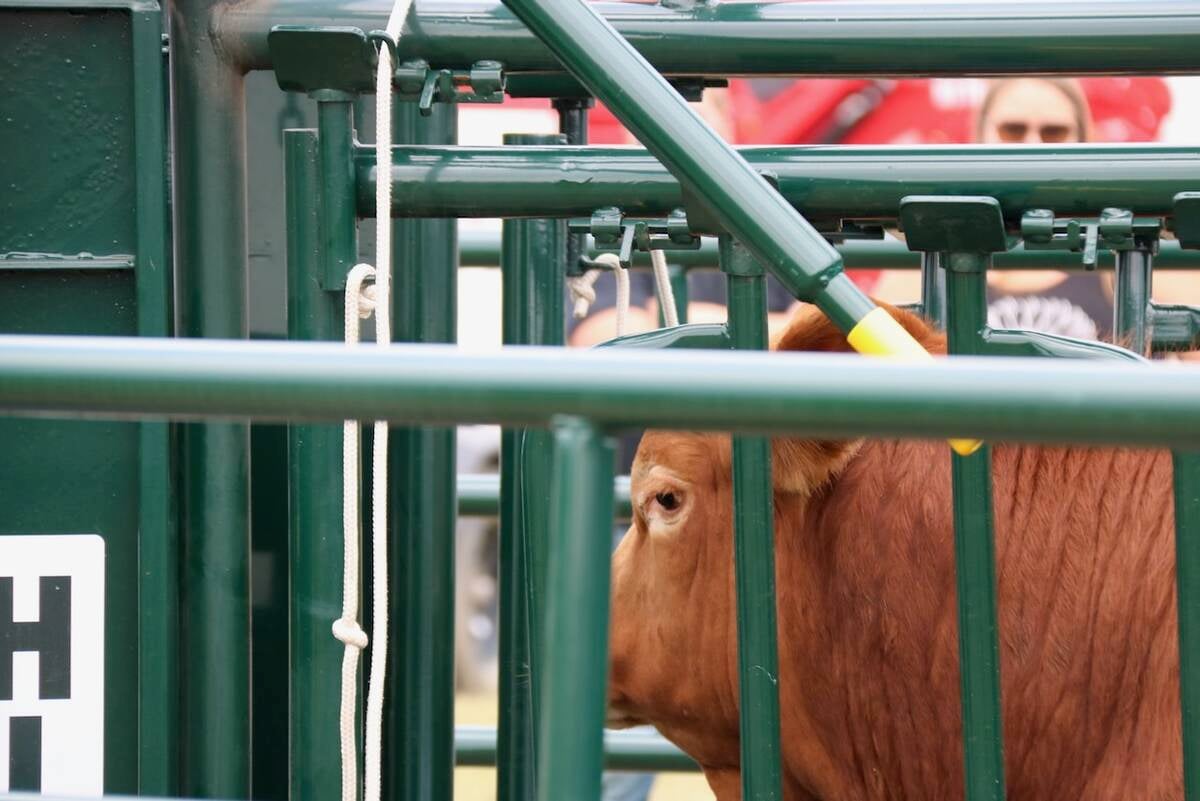SASKATOON – Saskatchewan has competitive advantages when it comes to feeding cattle, but the sector has yet to grow significantly.
Proponents have talked about building more feedlots for years, citing cheaper feed grain as a major reason a larger industry makes sense.
Alberta has 68 percent of Canada’s fed cattle production and Ontario has 21 percent, but Saskatchewan is lumped in with Manitoba and British Columbia at eight percent, said economist Sandy Russell of Spring Creek Land and Cattle Consulting at Outlook, Sask.
Read Also

Good handling equipment a must on cattle operations
It’s important for the safety of producers and everyone else dealing with their stock that handling equipment is functional and safe.
She said feed costs are more competitive in Saskatchewan, as are land, building and labour costs, but there other factors are in play.
Feed efficiency is also important.
She used the example of two pens of 100 cattle on similar diets and similar rates of gain. The 100 animals in pen A eat two pounds a day less than the cattle in the other pen because they convert better.
The cattle in pen A are eating 36,000 lb. less if every calf gains 600 lb. over a 180 day feeding period. At a cost of eight cents per lb. for feed, it costs $28.80 more per head to feed the cattle in pen B.
The cost of gain is almost five cents per head less in pen A.
That makes a big difference in being competitive and being able to garner cattle into your lot,” Russell told the Beef and Forage Symposium.
Weather is another factor.
Some believe cattle fed in Saskatchewan are less efficient because of the weather.
Russell said weather does have a significant impact on feed efficiency and feedlot managers must be able to cope.
She said people shouldn’t underestimate the role of expertise and management skill.
“There’s a reason we have that mindset of Alberta being the place where we feed cattle,” she said.
“That’s where the expertise has been. As we grow as an industry, yes, we’ll gain more experience. We can’t underestimate that human component to managing cattle.”
However, Saskatchewan has been gaining on Alberta in the last two years.
“I still say we’re competitive. It is a lot easier to stand up on a podium and say, based on all the economic analysis, we’re competitive, than it is to get actual feedlots built.”
Russell said she is always asked why a shift hasn’t already occurred.
She believes human nature is part of the answer.
A 1999 study found agglomeration, or the critical mass of an industry, pulled against development elsewhere. Alberta has the critical mass.
With that comes attitude.
“How do you overcome that perception that Saskatchewan is the producer of feeder cattle and Alberta is where they are finished,” Russell said.















